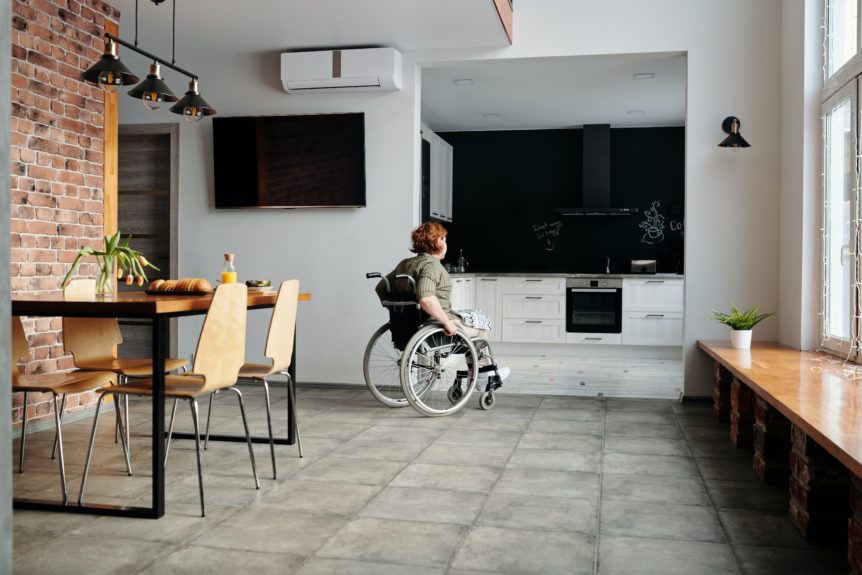Buying a home is a huge commitment and expenditure, so it’s only natural to take the decision
with a grain of salt. It can be especially challenging when you’re on the market for something
very specific like an accessible home. However, there are ways to make it a more manageable
process and, by extension, an exciting experience for you (as it should be). Consider the
following steps.
Determine your purchasing power.
When you’re a first-time homebuyer, expect to address a number of things right off the bat. For
starters, make sure that you have the financial capacity to buy property, as well as determine if
you have enough for the down payment, which is usually between 5 to 20 percent of the
property value. Checking your credit score, preparing the paperwork, and getting pre-approved
for a mortgage where possible are equally important, too.
If you’re on the market for an accessible home, you may also be eligible for special assistance
programs. In fact, there are several loans, grants, and tax credit options that are specifically
offered to persons with disabilities or first-time homebuyers through federal, state, or local
programs. These can be worth looking into as a way to lessen your down payment and enjoy
better financing terms.
Don’t scrimp on your needs.
You might find that the most challenging part of buying an accessible home is the search for the
right property. After all, accessibility needs vary from person to person, so it’s a must to know
what options are out there and what your real requirements are.
Know that the US Department of Housing and Urban Development (HUD) classifies accessible
homes in three levels. Level 1 homes are those with potential—that is, they have the basic
features that could make for a good accessible home but still require modifications. For those
with moderate mobility, level 2 homes are often adequate, with features like grab bars in the
bathroom or along staircases. Finally, on top of level 1 and 2 features, level 3 homes also have
wide hallways, ramps instead of steps, large bathrooms and kitchens with low countertops, and
many others designed for full wheelchair access.
As you start your search for the home you need, online is the logical place to start. In fact, many
of the top property websites allow you to filter your search, making it so much easier to find
accessible homes online. Better yet, you can also work with an experienced realtor like 2nd
Wind Properties to make your search for the perfect property a breeze.
Devote funds for the unexpected.
Lastly, be aware that when buying a home, your expenses don’t end with your purchase. You
can expect other fees to go with it. Again, your down payment is one, but you may also
encounter lender-based charges like application and escrow fees, fees for home inspection and
appraisal, private mortgage and homeowner’s insurance—to name just a few. It’s only wise,
therefore, to set aside funds to cover contingencies such as these for your transaction to go
without a hitch.
Moving into your new home will invariably come with its own expenses, as well. This is
something that you can budget for in advance when you look for professionals to tackle your
move. While you’re at it, take the time to meet potential movers and look through customer
recommendations to find a service that truly supports your special needs as you make this huge
transition.
In conclusion, it’s true that your purchase of an accessible home will have its challenges, but
this doesn’t mean that it can’t be done—and with relative ease, at that. Know your needs and
options, make use of available help and resources, and, above all, establish your financials.
Your new home could be just around the corner.

